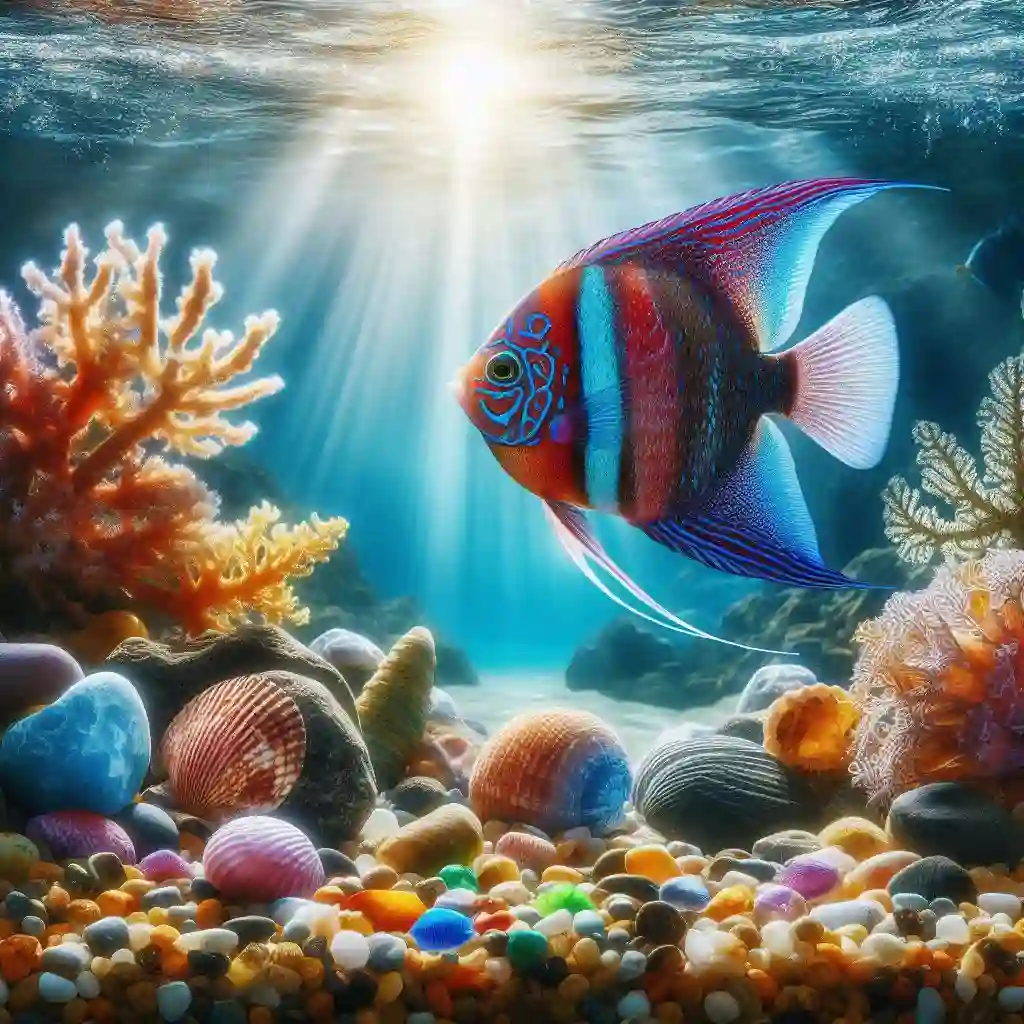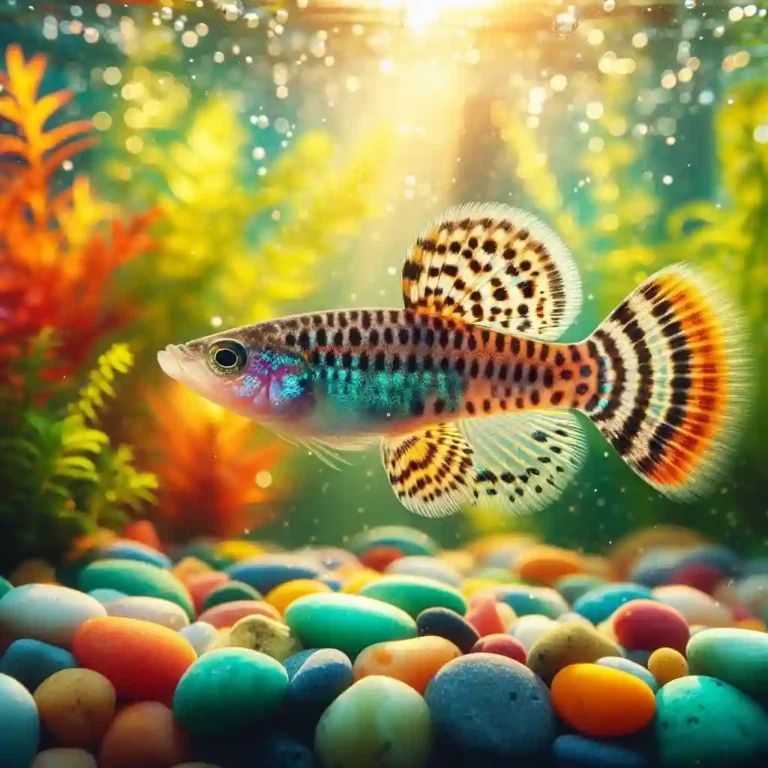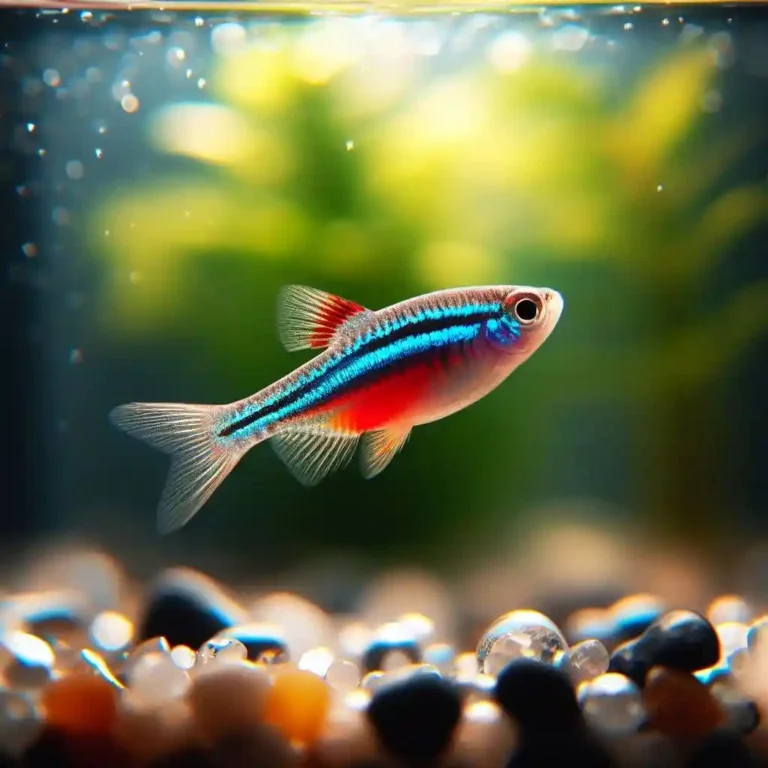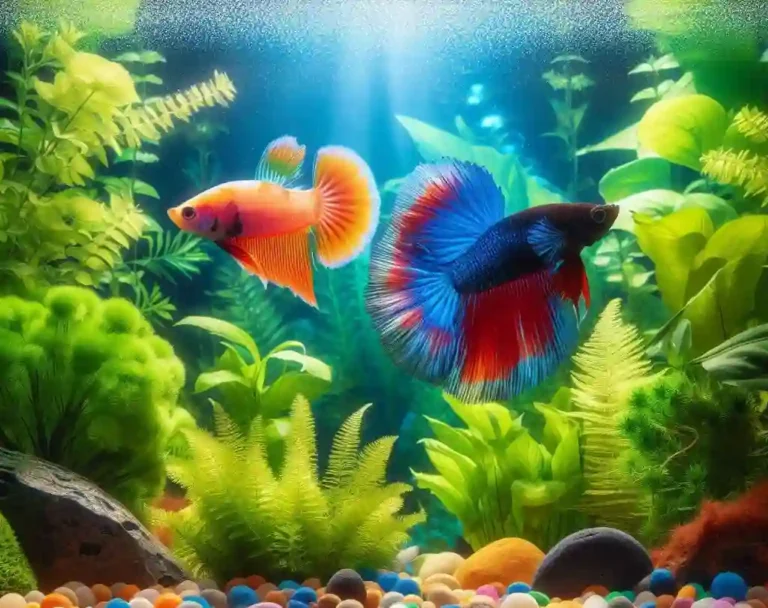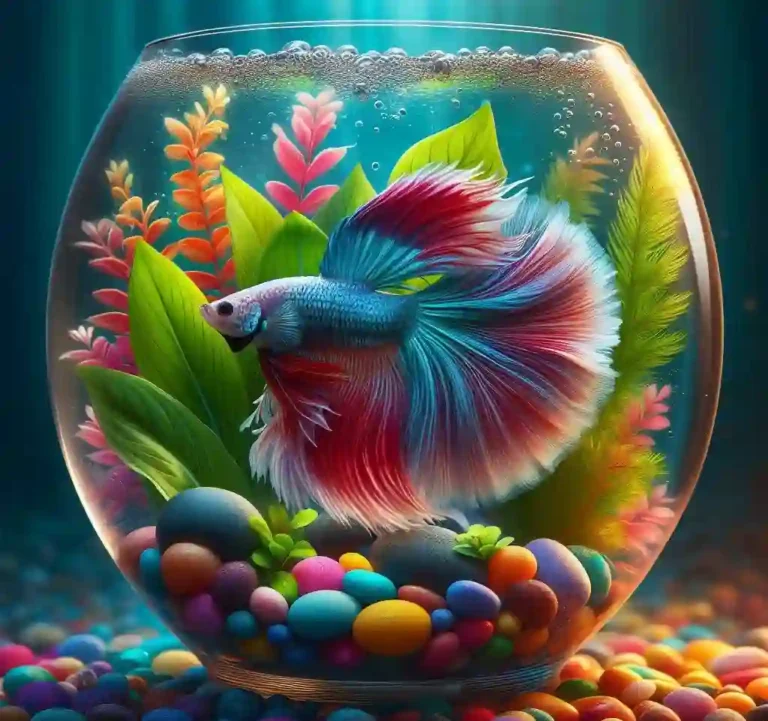How Many Angelfish Should Be Kept Together? A Comprehensive Guide
How Many Angelfish Should Be Kept Together? Angelfish are a popular choice for aquarium enthusiasts, known for their striking appearance and peaceful nature.
However, when it comes to keeping multiple angelfish together, it’s essential to consider the delicate balance of your tank’s ecosystem.
In this quick guide, we’ll explore the ideal number of angelfish to keep together, taking into account factors such as tank size, water quality, and dietary needs.
How Many Angelfish Should Be Kept Together?
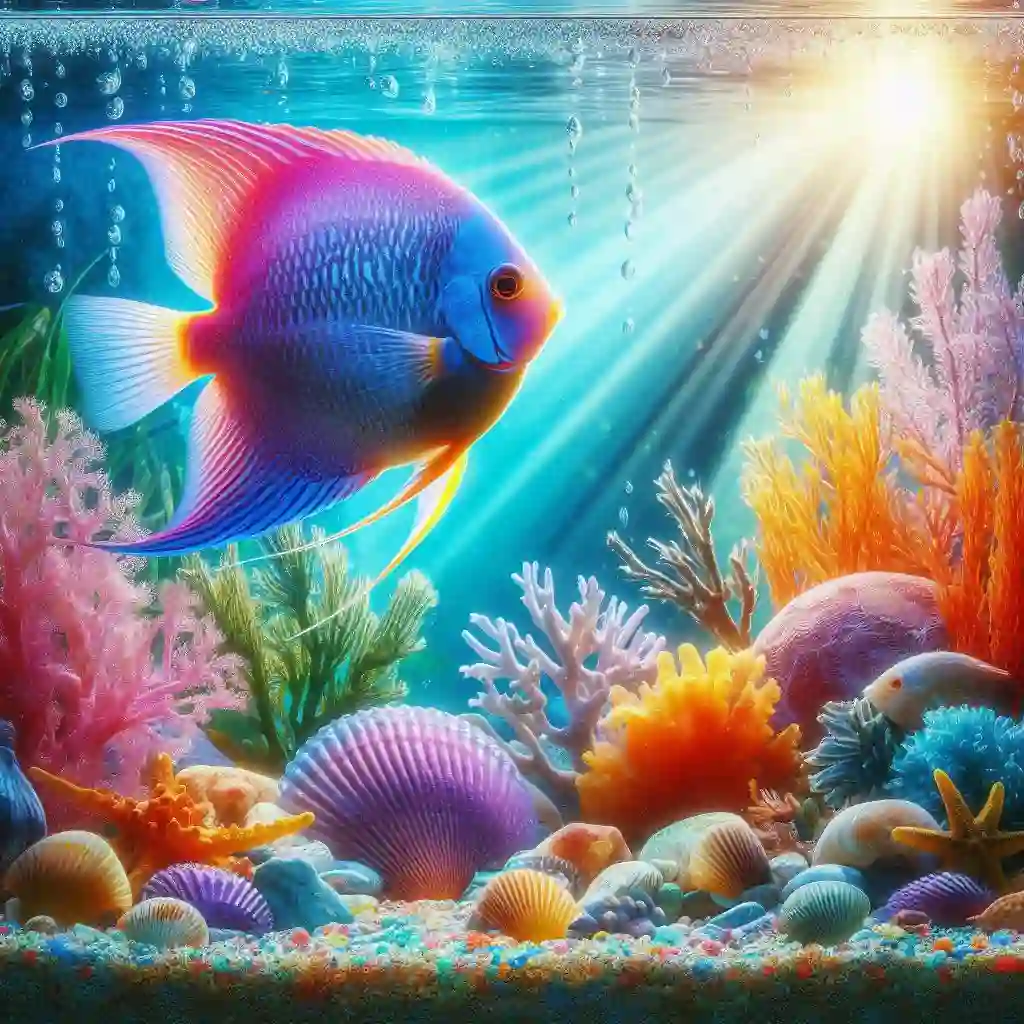
General Rule of Thumb:
- For a 10-gallon tank, keep 2-3 angelfish.
- For a 20-gallon tank, keep 4-6 angelfish.
- For a 30-gallon tank, keep 6-8 angelfish.
Factors to Consider:
- Tank size: Larger tanks can accommodate more angelfish, but make sure to provide plenty of hiding places and visual barriers.
- Water quality: Angelfish are sensitive to water quality, so make sure to maintain good water quality and perform regular water changes.
- Aggression: Angelfish can be territorial and may fight with each other, especially if they are not provided with enough space and hiding places.
- Diet: Angelfish have different dietary needs, so make sure to provide a varied and nutritious diet.
Understanding Angelfish Behavior: Why Schooling Matters
Natural Behavior in the Wild
In their natural habitat, angelfish are found in the slow-moving waters of the Amazon and Orinoco river basins. They inhabit areas with dense vegetation, where they feed on small insects, crustaceans, and plankton. In the wild, angelfish are often found in small schools, typically consisting of 6-10 individuals. This schooling behavior serves several purposes, including:
- Predator avoidance: Schooling provides angelfish with added protection from predators, as there is safety in numbers.
- Food finding: By swimming together, angelfish can cover more area and increase their chances of finding food.
- Social interaction: Schooling allows angelfish to engage in social behavior, such as communication, courtship, and territorial displays.
Why Schooling Matters in the Aquarium
In the aquarium, replicating the natural schooling behavior of angelfish is crucial for their well-being and health. Here are some reasons why:
- Reduced stress: Schooling helps to reduce stress and anxiety in angelfish, which can lead to a stronger immune system and better overall health.
- Improved socialization: By keeping angelfish in small schools, you can encourage social interaction and reduce aggression.
- Enhanced natural behavior: Schooling allows angelfish to exhibit their natural behavior, such as swimming together and engaging in social displays.
Tips for Creating a School of Angelfish
If you’re interested in creating a school of angelfish in your aquarium, here are some tips to get you started:
- Start with a small school: Begin with 6-10 juvenile angelfish and allow them to grow together.
- Provide plenty of hiding places: Include plants, rocks, and other decorations to provide hiding places and reduce stress.
- Maintain a peaceful environment: Avoid keeping angelfish with aggressive or fin-nipping fish, as this can disrupt their schooling behavior.
The Ideal Angelfish School Size: 6-10 Individuals
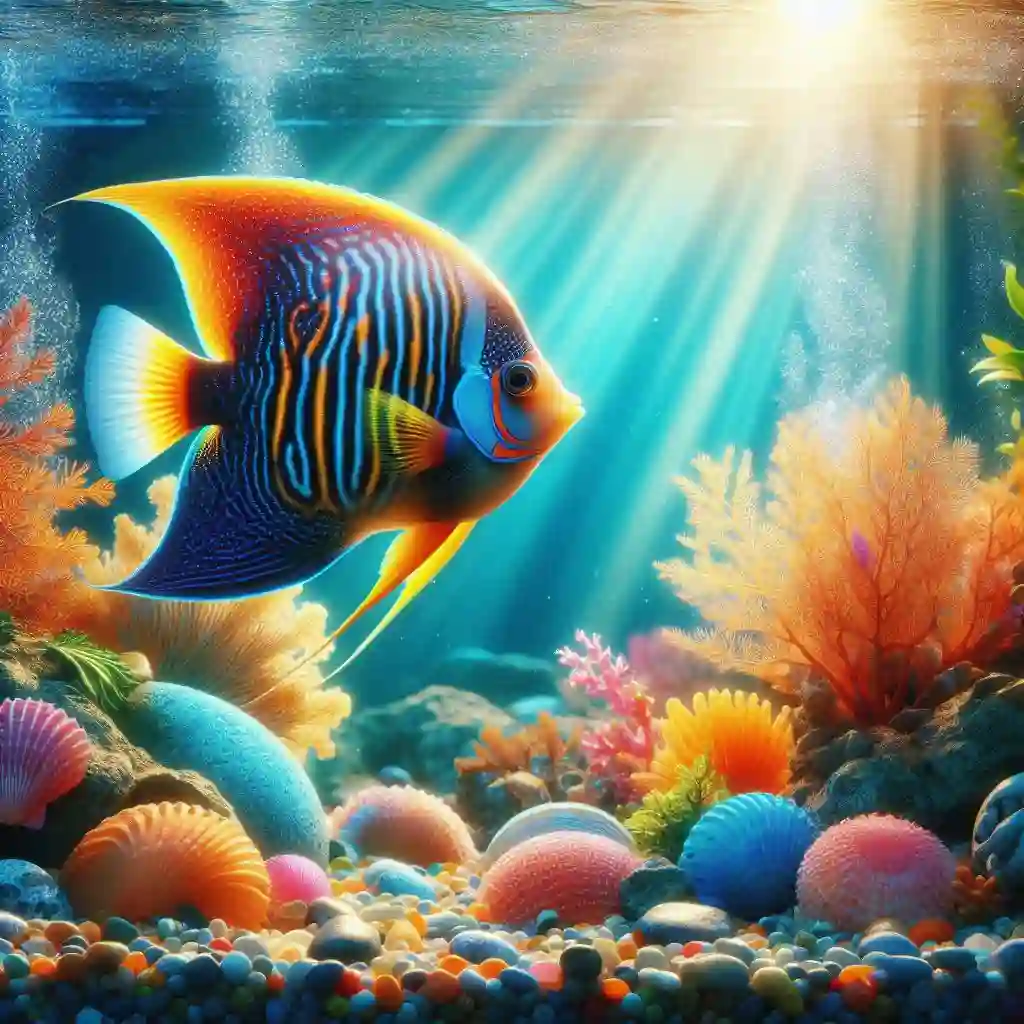
Why 6-10 Individuals is the Sweet Spot
So, why is 6-10 individuals the ideal school size for angelfish? Here are some reasons why:
- Reduced Aggression: With 6-10 individuals, aggression and fin nipping are significantly reduced. This is because each fish has a clear place in the hierarchy, reducing competition and stress.
- Improved Socialization: A school size of 6-10 allows for optimal social interaction and bonding among the angelfish. This leads to a more natural and peaceful environment.
- Better Resource Distribution: With a smaller school size, resources such as food and shelter are more evenly distributed, reducing competition and stress.
- Easier to Manage: A smaller school size is easier to manage and maintain, making it ideal for aquarists of all experience levels.
The Dangers of Overcrowding
Keeping too many angelfish together can lead to a range of problems, including:
- Increased Aggression: Overcrowding can lead to increased aggression, fin nipping, and stress among the angelfish.
- Disease and Parasites: Overcrowding increases the risk of disease and parasite outbreaks, as well as the spread of illness among the school.
- Water Quality Issues: A large school size can lead to water quality issues, such as ammonia and nitrite spikes, which can be detrimental to the health of the angelfish.
Tips for Maintaining a Healthy School
To maintain a healthy school of 6-10 angelfish, follow these tips:
- Provide a Large Enough Tank: Ensure your tank is at least 20 gallons to provide ample space for your angelfish to swim and thrive.
- Maintain Good Water Quality: Regularly test and maintain good water quality to prevent water quality issues.
- Feed a Balanced Diet: Provide a balanced and varied diet to ensure your angelfish are well-nourished and healthy.
The Dangers of Overcrowding: Stress, Aggression, and Disease
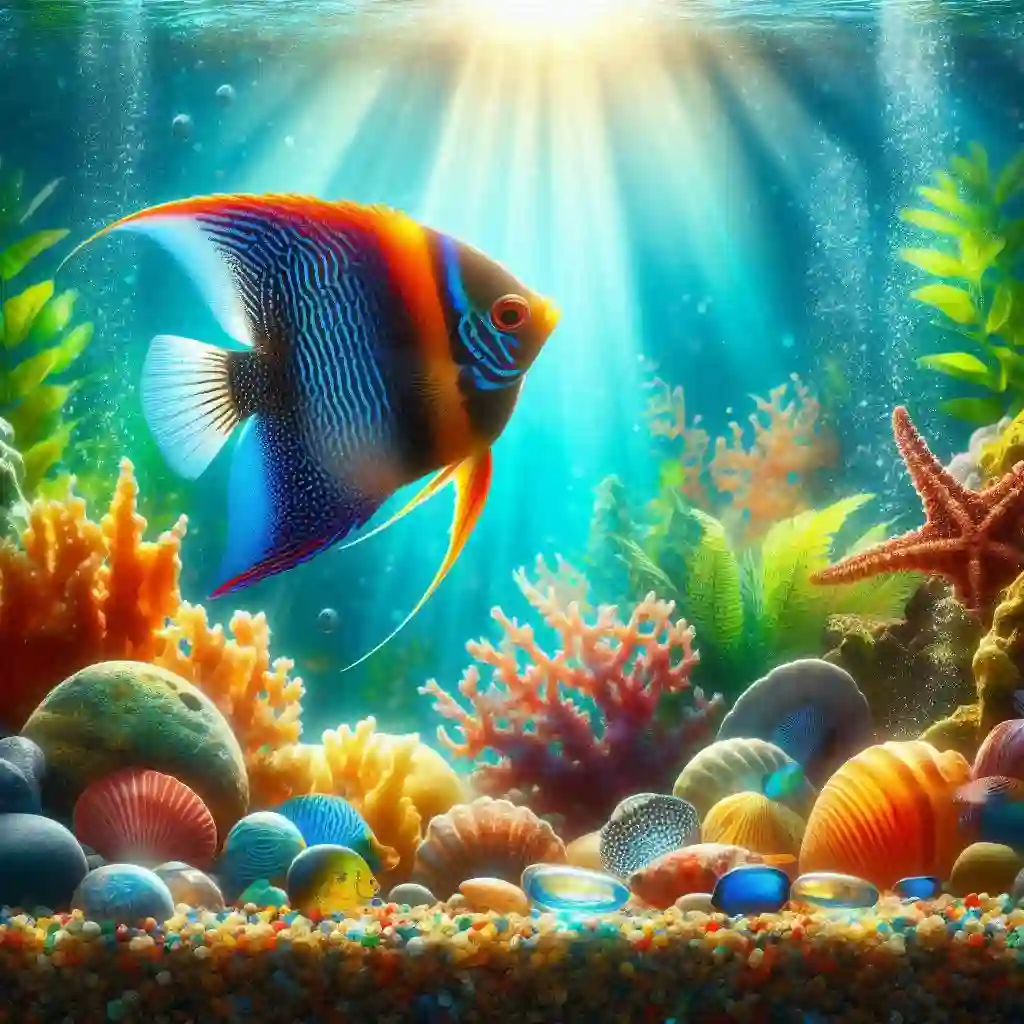
Stress: The Silent Killer
Overcrowding can cause chronic stress in angelfish, which can lead to a weakened immune system and a range of health problems. When fish are stressed, they are more susceptible to disease and are more likely to engage in aggressive behavior.
Aggression: Fin Nipping and Territorialism
Overcrowding can also lead to aggression among angelfish, including fin nipping and territorial behavior. When fish are competing for limited resources, such as food and shelter, they can become aggressive and defensive. This can lead to injuries, stress, and even death.
Disease: The Perfect Storm
Overcrowding creates the perfect storm for disease outbreaks. When fish are stressed and weakened, they are more susceptible to disease. Add to this the close quarters and poor water quality that often accompany overcrowding, and you have a recipe for disaster.
The Consequences of Overcrowding
The consequences of overcrowding can be severe and long-lasting. Some of the most common problems associated with overcrowding include:
- Fin rot and tail damage: Aggressive behavior and fin nipping can lead to fin rot and tail damage.
- Disease outbreaks: Overcrowding increases the risk of disease outbreaks, which can spread quickly through the tank.
- Stress and anxiety: Chronic stress can lead to anxiety and depression in angelfish, causing them to become lethargic and withdrawn.
- Reduced lifespan: Overcrowding can reduce the lifespan of angelfish, as they are more susceptible to disease and stress.
Tips for Avoiding Overcrowding
To avoid the dangers of overcrowding, follow these tips:
- Research and plan: Research the specific needs of your angelfish and plan your tank accordingly.
- Start with a small school: Begin with a small school of 6-10 angelfish and gradually add more fish as the tank matures.
- Monitor water quality: Regularly test and maintain good water quality to prevent water quality issues.
- Provide plenty of hiding places: Include plants, rocks, and other decorations to provide hiding places and reduce stress.
Tank Size and Angelfish Population: A Guide
The Importance of Tank Size
Angelfish are a species that thrive in spacious environments with plenty of swimming room. In the wild, they inhabit large areas of slow-moving water, and they require a similar environment in captivity. A tank that is too small can lead to a range of problems, including:
- Stress and aggression: Overcrowding can lead to stress and aggression among angelfish, causing them to fight and defend their territory.
- Poor water quality: A small tank can lead to poor water quality, as waste and toxins can build up quickly.
- Limited swimming space: Angelfish need plenty of swimming space to thrive, and a small tank can limit their ability to exercise and explore.
Tank Size Recommendations
So, what is the ideal tank size for angelfish? Here are some general guidelines to follow:
- For 1-3 angelfish: A minimum tank size of 20 gallons is recommended, with a minimum length of 24 inches and a minimum width of 12 inches.
- For 4-6 angelfish: A minimum tank size of 30 gallons is recommended, with a minimum length of 36 inches and a minimum width of 18 inches.
- For 7-10 angelfish: A minimum tank size of 40 gallons is recommended, with a minimum length of 48 inches and a minimum width of 24 inches.
Additional Considerations
When choosing a tank size, there are several additional factors to consider, including:
- Height: Angelfish are tall fish and require a tank with a minimum height of 18 inches to accommodate their vertical swimming style.
- Width: A wider tank is better than a longer tank, as angelfish prefer to swim horizontally.
- Decorations: Include plenty of decorations, such as plants, rocks, and driftwood, to provide hiding places and visual interest.
Introducing Angelfish to a Community Tank: Tips and Precautions
Choose Compatible Tankmates
Before introducing angelfish to a community tank, it’s crucial to choose compatible tankmates. Angelfish are generally peaceful and can be kept with other peaceful fish, but they can be territorial and may defend their space from other fish. Here are some compatible tankmates for angelfish:
- Neon tetras: These small, schooling fish are easy to care for and can be kept with angelfish.
- Harlequin rasboras: These peaceful, shoaling fish are a great addition to a community tank with angelfish.
- Corydoras catfish: These small catfish are good for cleaning up food debris and can be kept with angelfish.
Avoid Incompatible Tankmates
Some fish are not compatible with angelfish and should be avoided in a community tank. These include:
- Aggressive fish: Fish like betta fish, guppies, and fin-nippers can be aggressive towards angelfish and should be avoided.
- Fin-nippers: Fish like tiger barbs and some species of catfish can nip at the long fins of angelfish.
- Large predatory fish: Fish like cichlids and large catfish can see angelfish as prey and attack them.
Acclimation and Introduction
When introducing angelfish to a community tank, it’s essential to acclimate them slowly and carefully. Here are some tips:
- Float the unopened bag: Float the unopened bag containing the angelfish in the tank for 15-20 minutes to allow the water temperatures to equalize.
- Add water from the tank: Add some water from the tank to the bag to help the angelfish adjust to the water chemistry.
- Release the angelfish: Release the angelfish into the tank and monitor their behavior.
The Importance of Hierarchy in Angelfish Schools
What is Hierarchy in Angelfish Schools?
In angelfish schools, hierarchy refers to the social structure that exists among the fish. This structure is characterized by a dominant individual, followed by a series of subordinate fish, each with their own rank and position within the school.
Why is Hierarchy Important in Angelfish Schools?
Hierarchy is essential in angelfish schools for several reasons:
- Maintains Social Order: Hierarchy helps maintain social order within the school, reducing aggression and stress among the fish.
- Reduces Competition: By establishing a clear pecking order, hierarchy reduces competition for resources such as food and shelter.
- Promotes Cooperation: Hierarchy encourages cooperation among the fish, as they work together to achieve common goals, such as defending their territory.
How Does Hierarchy Affect Angelfish Behavior?
Hierarchy has a significant impact on angelfish behavior, influencing their:
- Feeding Behavior: Dominant fish tend to feed first, while subordinate fish wait their turn.
- Mating Behavior: Dominant males often mate with multiple females, while subordinate males may not mate at all.
- Territorial Behavior: Dominant fish defend their territory from other fish, while subordinate fish may avoid confrontations.
Tips for Maintaining a Healthy Hierarchy in Your Angelfish School
To maintain a healthy hierarchy in your angelfish school, follow these tips:
- Provide a Large Enough Tank: Ensure your tank is large enough to accommodate your angelfish school, reducing competition and stress.
- Introduce Fish Gradually: Introduce new fish gradually, allowing the school to establish a natural hierarchy.
- Monitor Behavior: Monitor your angelfish behavior, intervening if you notice signs of aggression or stress.
Angelfish Compatibility: Can You Keep Them with Other Fish?
Compatible Tankmates
Angelfish can be kept with other peaceful, community fish that are similar in size and temperament. Here are some compatible tankmates:
- Neon Tetras: These small, schooling fish are easy to care for and can be kept with angelfish.
- Harlequin Rasboras: These peaceful, shoaling fish are a great addition to a community tank with angelfish.
- Corydoras Catfish: These small catfish are good for cleaning up food debris and can be kept with angelfish.
Incompatible Tankmates
Some fish are not compatible with angelfish and should be avoided in a community tank. These include:
- Aggressive Fish: Fish like betta fish, guppies, and fin-nippers can be aggressive towards angelfish and should be avoided.
- Fin-Nippers: Fish like tiger barbs and some species of catfish can nip at the long fins of angelfish.
- Large Predatory Fish: Fish like cichlids and large catfish can see angelfish as prey and attack them.
Tips for Keeping Angelfish with Other Fish
To keep angelfish with other fish, follow these tips:
- Choose Peaceful Tankmates: Select tankmates that are peaceful and non-aggressive.
- Introduce Fish Gradually: Introduce new fish gradually, allowing the angelfish to become accustomed to their presence.
- Provide Plenty of Hiding Places: Provide plenty of hiding places, such as plants and decorations, to help the angelfish feel secure.
- Monitor Behavior: Monitor the behavior of the angelfish and other fish, intervening if you notice signs of aggression or stress.
Monitoring and Maintaining a Healthy Angelfish School
Monitoring Water Quality
Regular water testing is crucial for maintaining a healthy angelfish school. Here are some water parameters to monitor:
- Ammonia: 0 ppm
- Nitrite: 0 ppm
- Nitrate: < 20 ppm
- pH: 6.5-8.5
- Temperature: 78-82°F (25-28°C)
Monitoring Angelfish Behavior
Regularly observe your angelfish behavior to detect any signs of stress or disease. Here are some signs to look out for:
- Lethargy: If your angelfish are lethargic or hiding more than usual, it may be a sign of stress or disease.
- Labored Breathing: If your angelfish are breathing rapidly or laboriously, it may be a sign of poor water quality or disease.
- Fins Down: If your angelfish are holding their fins down or clamped to their body, it may be a sign of stress or disease.
Maintaining a Healthy Angelfish School
To maintain a healthy angelfish school, follow these tips:
- Perform Regular Water Changes: Perform regular water changes (10-20% every week) to maintain good water quality.
- Provide a Balanced Diet: Provide a balanced diet that includes a variety of foods, such as flakes, pellets, and live or frozen foods.
- Maintain a Clean Tank: Regularly clean the tank and decorations to prevent the buildup of debris and bacteria.
- Avoid Overcrowding: Avoid overcrowding the tank, as this can lead to stress and disease.
Tips for Preventing Disease
To prevent disease in your angelfish school, follow these tips:
- Quarantine New Fish: Quarantine new fish for at least 2 weeks before introducing them to the main tank.
- Avoid Overfeeding: Avoid overfeeding, as this can lead to poor water quality and disease.
- Provide a Stress-Free Environment: Provide a stress-free environment by avoiding sudden changes in water temperature, pH, or other water parameters.
FAQs
Q: How many angelfish can I keep in a 20-gallon tank?
A: It’s generally recommended to keep no more than 6-8 angelfish in a 20-gallon tank. This will help prevent overcrowding and stress.
Q: Can I keep angelfish with other fish?
A: Yes, angelfish can be kept with other peaceful fish that are similar in size and temperament. However, it’s important to avoid keeping them with aggressive or fin-nipping fish.
Q: How often should I feed my angelfish?
A: Angelfish are omnivores and need a varied diet. Feed them 2-3 times a day, and make sure they have a varied diet that includes a mix of flakes, pellets, and live or frozen foods.
Q: How do I care for my angelfish?
A: To care for your angelfish, make sure to provide a clean and well-maintained tank with a balanced diet and plenty of hiding places. Regularly test the water for ammonia, nitrite, and nitrate levels, and perform partial water changes as needed.
Q: How long do angelfish live?
A: Angelfish can live for up to 10-15 years in captivity, but their lifespan can vary depending on factors such as diet, water quality, and tank size.
Q: Can I keep angelfish in a community tank?
A: Yes, angelfish can be kept in a community tank with other peaceful fish that are similar in size and temperament. However, it’s important to avoid keeping them with aggressive or fin-nipping fish.
Q: How do I introduce new angelfish to my tank?
A: When introducing new angelfish to your tank, make sure to quarantine them for at least 2 weeks before adding them to the main tank. This will help prevent the spread of disease and stress.

Hello, I’m Aria Cooper, the heart and soul behind Swimmy Buddies. As a devoted fish aficionado, I share my aquatic adventures and expertise to inspire your own underwater explorations. 🐠🌊

